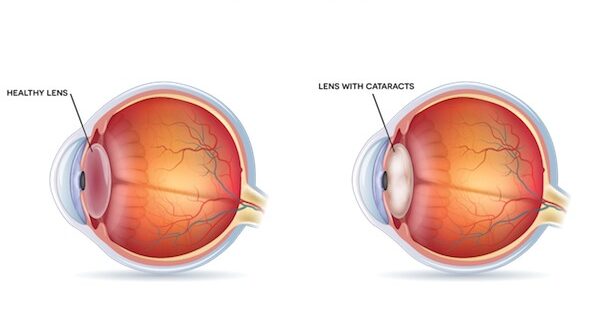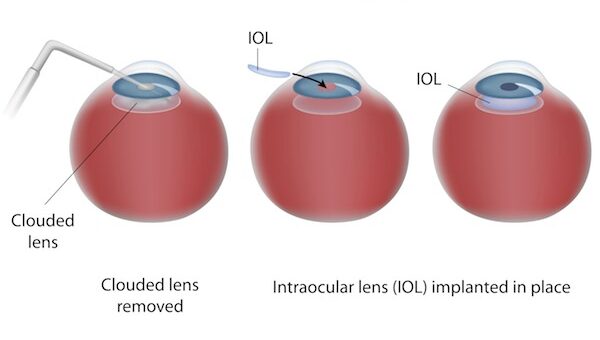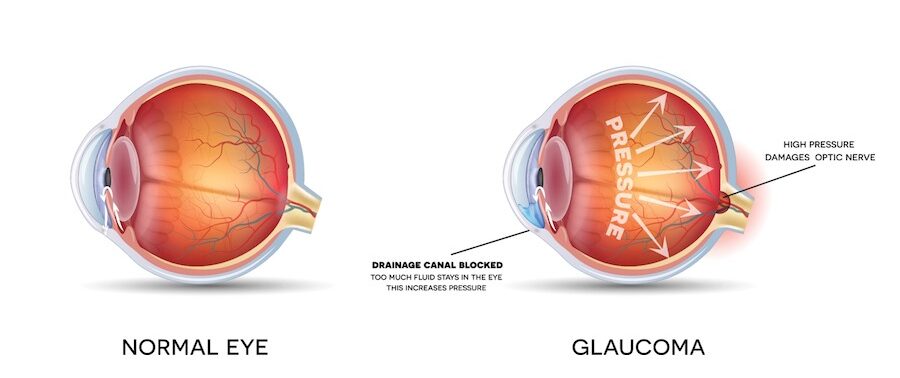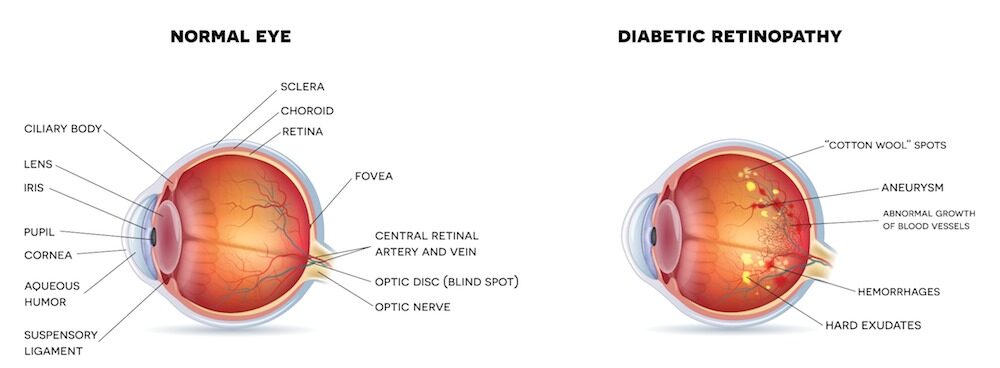
Qualification
- Fellow of Royal College of Physicians and Surgeons (Glasgow)
- Fellow of the International Council of Ophthalmology (UK)
- Diplomate in National Board – New Delhi
- Diploma in Ophthalmology – Regional Institute of Ophthalmology, Madras Medical College, Chennai
- MBBS (1994 Batch) – Sri Ramachandra Medical College, Chennai (Tamil Nadu Dr. MGR Medical University)
𝐂𝐚𝐭𝐚𝐫𝐚𝐜𝐭 𝐓𝐫𝐞𝐚𝐭𝐦𝐞𝐧𝐭

𝐂𝐚𝐭𝐚𝐫𝐚𝐜𝐭 𝐒𝐮𝐫𝐠𝐞𝐫𝐲

A cataract is a cloudy area in the eye’s lens that can lead to vision loss. Cataracts can affect one or both eyes, and they usually develop slowly.
Symptoms of cataracts include: Blurry or double vision, Faded colors, Halos around lights, Difficulty seeing at night, and Trouble with bright lights.
Cataracts are more common in older people, but they can also affect babies and young children.
In the early stages, cataracts can be treated with eyeglasses, a magnifying glass, or stronger lighting. Cataract surgery is a safe and effective procedure that can correct vision problems caused by cataracts.
Glaucoma

Glaucoma is a chronic eye disease that damages the optic nerve, causing vision loss. It’s a leading cause of blindness worldwide, especially in older people.
Symptoms:
Loss of side vision
Severe eye pain
Eye redness
Headaches
Blurry vision
Halos around lights
Dilated pupil
Nausea and vomiting
Causes:
Fluid buildup in the eye
Blocked drainage system
Inherited conditions
Eye injuries
Eye infections
Blocked blood vessels
Inflammatory conditions
Risk factors:
Age
Race
Family history of glaucoma
Medical conditions like diabetes, high blood pressure, and heart disease
Treatment Prescription eye drops, Oral medications, Laser treatment, Surgery, and Drainage valve implant surgery.
Prevention:
Early diagnosis and treatment can prevent vision loss
Regular checkups can help slow or prevent vision loss
Diagnosis:
A comprehensive dilated eye exam is the only way to find out if you have glaucoma
𝐃𝐢𝐚𝐛𝐞𝐭𝐢𝐜 𝐑𝐞𝐭𝐢𝐧𝐨𝐩𝐚𝐭𝐡𝐲

Diabetic retinopathy (DR) is an eye condition that occurs when high blood sugar levels damage the retina, the light-sensitive tissue at the back of the eye. It’s a leading cause of blindness in working-age adults and a leading cause of sight loss worldwide.
DR can cause vision loss and blindness if left untreated. However, it usually takes several years for DR to reach a stage where it could threaten your sight.
Symptoms of DR include:
Blurred or distorted vision
New color blindness or seeing colors as faded
Poor night vision (night blindness)
Small dark spots (eye floaters) or streaks in your vision
Trouble reading or seeing faraway objects
DR may not have any symptoms at first. To prevent or delay vision loss, you can:
Manage your diabetes by staying physically active, eating healthy, and taking your medicine
Get a comprehensive dilated eye exam at least once a year
Control your blood sugar levels, blood pressure, and cholesterol
Treatments for DR include:
Anti-VEGF injection therapy, Focal/grid macular laser surgery, Corticosteroids, and Scatter laser surgery.
Treatment can slow or stop the progression of DR, but it’s not a cure. You’ll need regular eye exams and might need additional treatment at some point.
𝐋𝐀𝐒𝐈𝐊 - 𝐋𝐚𝐬𝐞𝐫 𝐕𝐢𝐬𝐢𝐨𝐧 𝐂𝐨𝐫𝐫𝐞𝐜𝐭𝐢𝐨𝐧

LASIK, or Laser-Assisted In Situ Keratomileusis, is a type of eye surgery that corrects nearsightedness, farsightedness, and astigmatism by permanently reshaping the cornea:
Procedure
A laser creates a flap in the cornea, then vaporizes part of the stroma, the middle layer of the cornea. The flap is then placed back into its original position.
Recovery
Patients usually experience minimal discomfort after surgery, and vision improves within 1–2 days. However, it can take several weeks or longer for vision to stabilize in rare cases.
Expectations
Patients can expect blurry vision and haziness immediately after surgery, but clarity should improve the next morning. Most people can return to work the next day, but some doctors recommend at least one day of rest. Strenuous exercise should be avoided for at least a week.
Post-operative care
Patients should use steroid and antibiotic drops for 4–10 days after surgery. They should also avoid rubbing their eyes.
Success rate
About 96% of patients reach their vision goals after LASIK. If vision changes with age, a doctor can adjust it.
Limitations
LASIK can’t fix presbyopia. For LASIK to work, your vision needs to be stable, meaning your prescription doesn’t change over time.
𝐂𝐨𝐦𝐩𝐮𝐭𝐞𝐫 𝐕𝐢𝐬𝐢𝐨𝐧 𝐒𝐲𝐧𝐝𝐫𝐨𝐦𝐞 (𝐂𝐕𝐒)

Computer vision syndrome (CVS) is a group of eye and vision problems caused by using digital devices for long periods of time. It’s also known as digital eye strain.
Symptoms: Eye strain, fatigue, burning, redness, or irritation, Blurred or double vision Headaches, neck pain, or back pain
Dry eyes Gritty sensation or tearing Causes
Using a computer for long periods of time Poor lighting, contrast, or resolution
Using a computer in an unsuitable environment Using eyeglasses or contact lenses incorrectly
Having eye problems, such as presbyopia Having an improper sitting position
Treatment Using artificial tears to add moisture to your eyes, Blinking more often, and Using prescription eye drops.
Prevention Taking breaks from your computer screen
Adjusting your lighting, contrast, and resolution Sitting up straight and maintaining good posture

Our Facilities
- Slit Lamp Examination
- Visual Field Analysis
- Optical Coherence Tomography (OCT)
- Auto Refractometer
- Gonioscopy
- Direct and Indirect Ophthalmoscope
- A-Scan Ultrasonography
Services Offered:
Micro Incision Cataract Surgery
Glaucoma Clinic
Diabetic Retinopathy Treatment
LASIK - Laser Vision Correction
Computerized Refraction
Contact Lens Fitting
Phacoemulsification with Foldable IOL
Laser Vision Correction
Note: Insurance coverage for eligible cases is available.
Why Choose EMKAY Eye Clinic?
- Expertise You Can Trust: Led by Dr. Ashok Kumar M, a renowned laser eye surgeon with vast experience.
- Advanced Technology: State-of-the-art diagnostic and treatment equipment for accurate and effective care.
- Personalized Care: Customized treatment plans tailored to your specific eye care needs.
- Comprehensive Services: From routine eye exams to advanced surgical procedures, all under one roof.
